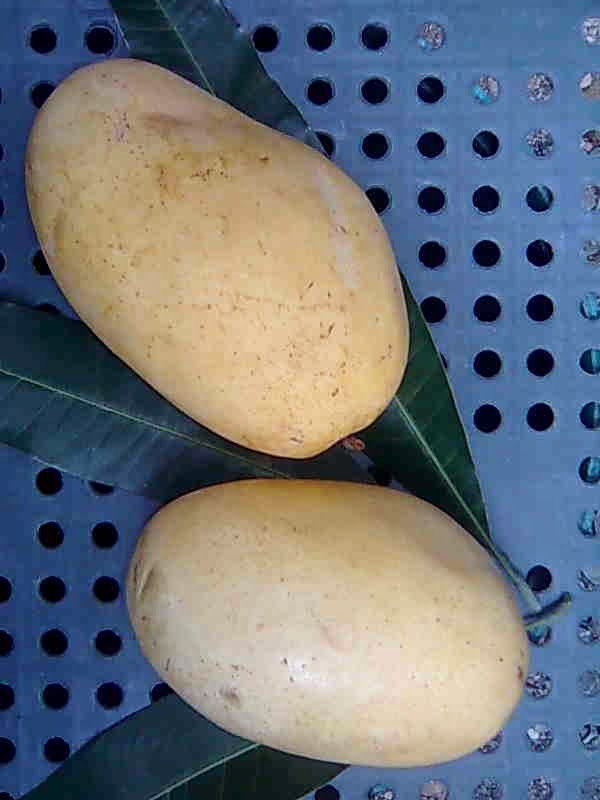After the land was prepared, I had to plant additional trees and vegetables.
I selected fruits that I liked and we consumed at home. These should also be suited to the climate in Rizal and to the soil and farm conditions. The farm had no man-made irrigation facilities and was entirely dependent on rainfall. The soil was more of the clay type - sticky and slippery during the rainy season while hard and dry during the summer months.
I preferred to plant mangoes (Carabao variety), papaya (Sinta), atis, chico, and bananas (Lakatan). These comprised the majority of the fruit trees. I planted them in long rows following the previous markings and parcels we made. Each row had one kind of fruit and in-between rows were rows of other fruits. The inter-cropping pattern followed the recommended distance between rows and between trees in a row.
 |
| FRUIT TREES IN ROWS |
I also planted other fruits such as avocado, star apple, rambutan, and balimbing. I also tried durian but it did not grow well and it eventually died.
These trees were planted in parcels where long row of trees could not be done due to the shape, size, and slope of the land parcel.
Then I selected the vegetables I would inter-crop again among the rows of fruit trees. I chose the "pinakbet" group not only because I like "pinakbet" but most vegetables in this group are hardy - they can survive the conditions in the uphill farm.
I planted ampalaya (my favorite plant since I was in Grade V), okra, eggplant, squash, string bean (bush sitao), and sweet potato (for the young leaves). These were also planted in long rows.
 |
| VEGETABLES PLANTED IN ROWS |
In some parcels, I planted some sweet corn (really sweet - I forgot the variety name).
All my initial planting materials - fruit tree saplings and vegetable seeds - came from the University of the Philippines at Los Banos, Laguna.
I also planted super peanuts in one of the big land parcels. The peanuts came from Central Luzon State University in Nueva Ecija.
After all the planting had been done, we constructed two chicken houses for the free range chickens.
Our chicken house was very different from the usual poultry houses. It was designed like a big barn with very generous provisions for natural ventilation. There was no flooring. Its other unique features included provisions for night roosting for the chickens and openings that allowed the chickens to go out of the chicken house and roam around a fenced yard at day time.
The free range chicken I chose was called SASSO - a variety which originated in France. I preferred it because it grew to really big sizes - two to three kilos per head. They also tasted a lot better (like native chickens) compared to the "white" chickens. But it took us two to three months to grow them. Their ex-farm prices were also higher - about three times that of ordinary chicken then. We got our chicks as well as their specially formulated organic feeds from a breeder in Rizal.
With the plants and chickens in place, I managed the farm - closely adhering to the principles and practices of organic farming.






